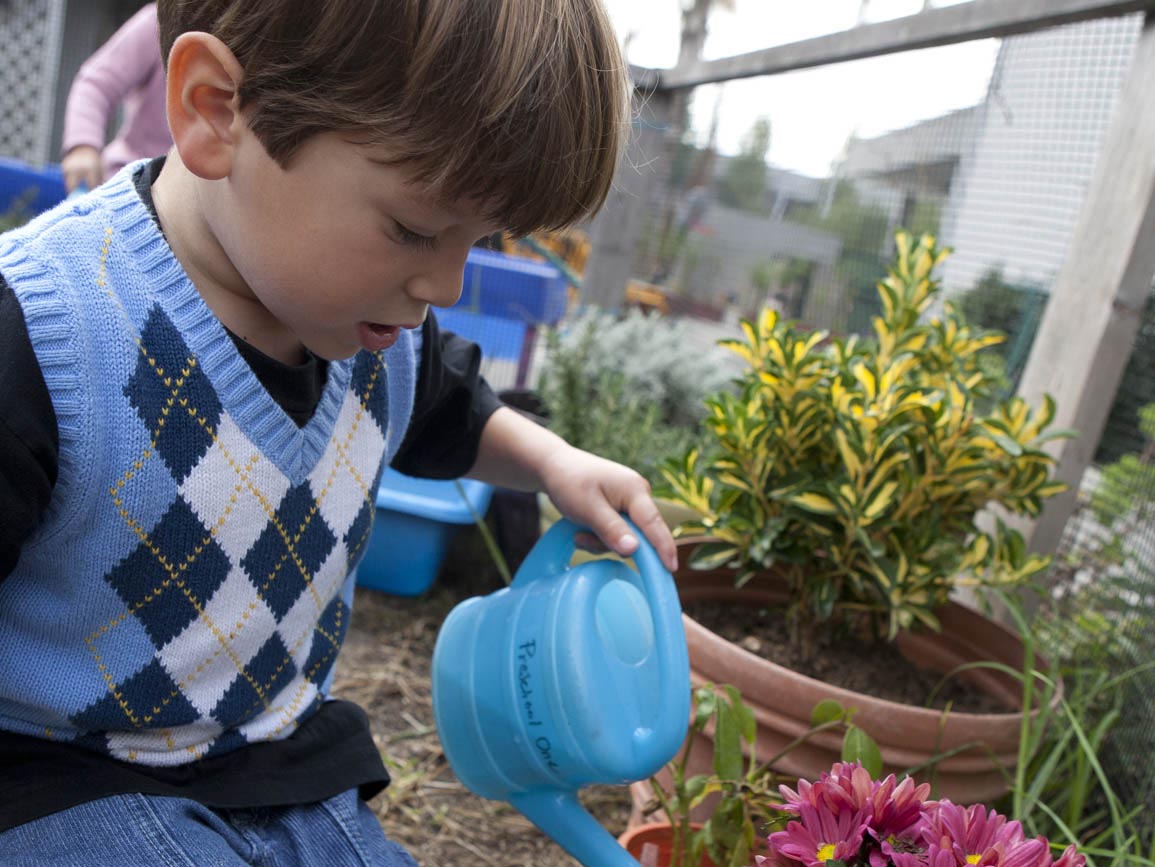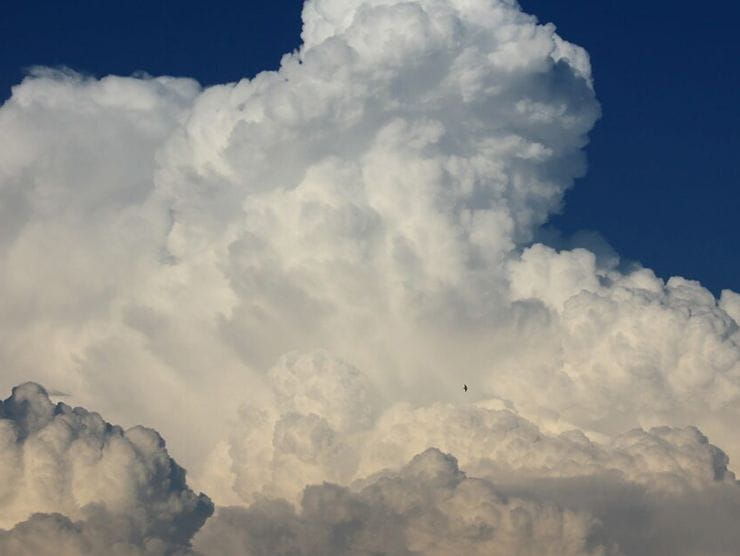"We only have one earth, so we have to take care of her."
-Senator Gaylord Nelson
Although the first Earth Day took place 35 years ago in the United States, the global concern for the environment has steadily grown, especially in the face of increasing pollution and environmental threats. Recent studies have shown that today's children, however, are spending less and less time outdoors, which means they have less time to experience and appreciate nature firsthand.
Children will want to care for what is familiar. When they only see nature through a video screen, they do not form the same connection as digging in the dirt, rolling on the grass, or using sticks to search for insects. Earth Day is an ideal opportunity to connect children with the outdoors and the vibrant world around them.
As Earth Day approaches, your child may be involved in projects and activities that foster an awareness of and appreciation for the earth's resources. To extend the learning that takes place in your child's center or school and make caring for the earth part of your family culture, we encourage you to make time for some green activities every Earth Day.
Try reviewing your family practices to see if they are earth friendly: attend community events like farmer's markets, read books about the environment, spend time in the natural world together, and plan family activities that give children the message, "It's my world, I can and will take care of it."
Below are a few suggested family practices to make every day Earth Day:
- Bike, walk, or use public transportation when possible instead of driving.
- Turn off lights, TVs, and other electronic equipment, when not in use.
- Turn off the water faucet after washing hands or while brushing teeth.
- Reuse items as much as possible (e.g. wrap gifts in fabric scrap or recycled newspaper instead of gift wrap, pack lunches in reusable sacks and containers instead of paper or plastic).
- Recycle cardboard, paper, and plastics.
- Draw, paint, and write on recycled paper (and use recycled computer paper for your printer).
- Use fans instead of air conditioners.
- Try to buy organic foods free of pesticides and chemical additives.
- Start a compost pile for your food scraps and lawn clippings.
- Make a habit of picking up any litter you see.
- Avoid using aerosol sprays and styrofoam.
- Reduce your overall use of plastic packaging. For example, use your own cloth bags for groceries.
- Purchase items that are not individually wrapped.
- Donate items that you no longer need.
- Share items such as lawnmowers and machines that aren't needed on a regular basis.
Earth Day can also be an occasion to engage in family activities that are nature or ecology oriented:
- Take a nature walk: Bring a magnifying glass, an insect and plant manual, and a sketch book. See how many plants, flowers, and bugs you can identify and draw.
- Construct nature creations: Collect a variety of outdoor items such as leaves, sticks, flowers, and rocks, and create unique art projects.
- Try "earth painting:" Finger paint with mud on sidewalks or paper or use non-toxic watercolors to paint river rocks. The water will wash the paint away.
- Make pinecone birdfeeders: Cover a large pinecone with peanut butter and birdseed, hang outside your window, and enjoy the sights and sounds of the bird visitors as they feast.
- Clean a community area: Take your children to their favorite park, woods, or even for a stroll around your neighborhood. Pick up all the litter you can find and see who can collect the biggest bag. Take the time to explain the effects litter has on our environment.
- Virtually adopt an animal: Check with your local zoo or other nature-oriented organization, such as the Save the Manatee Club. Your child can look at pictures and read about his or her new "pet."
- Create a Recycle, Reuse, Reduce collage: Use "trash" (paper scraps, labels, junk mail, and other found items) and glue to create a multimedia masterpiece.
Pick up a book and read with your children (have an outdoor reading session if the weather allows):
- "I Love Our Earth" by Bill Martin Jr., Michael R. Sampson, and Dan Lipow (ages birth to preschool)
- "The Earth Book" byTodd Parr, (ages 3-5)
- "It's Earth Day!" by Mercer Mayer (ages 4–8)
- "Earth Day Birthday" by Pattie Schnetzler (ages 4–8)
- "Clifford the Big Red Dog: Clifford's Spring Clean-Up" by Norman Bridwell (ages 4–8)
- "Earth Day Crafts (Fun Holiday Crafts Kids Can Do!)" by Carol Gnojewski (ages 9–12)
- "You Are the Earth: Know the Planet So You Can Make It Better" by David Suzuki, Kathy Vanderlinden, and Diane Swanson (ages 9–12)
There are many individual or collective activities in which your family can engage that have a positive impact on the environment. It's important to keep in mind that every small act makes a world of difference.
- The EPA's Recycle City is full of facts, games, and activities just for kids
- Read how the moms fared on our blog's Waste-Free Lunch Challenge
- Earth's Birthday Project has science facts and fun to engage and education school-age children
- Kaboose’s Earth Day page includes fun Earth Day and nature activities





